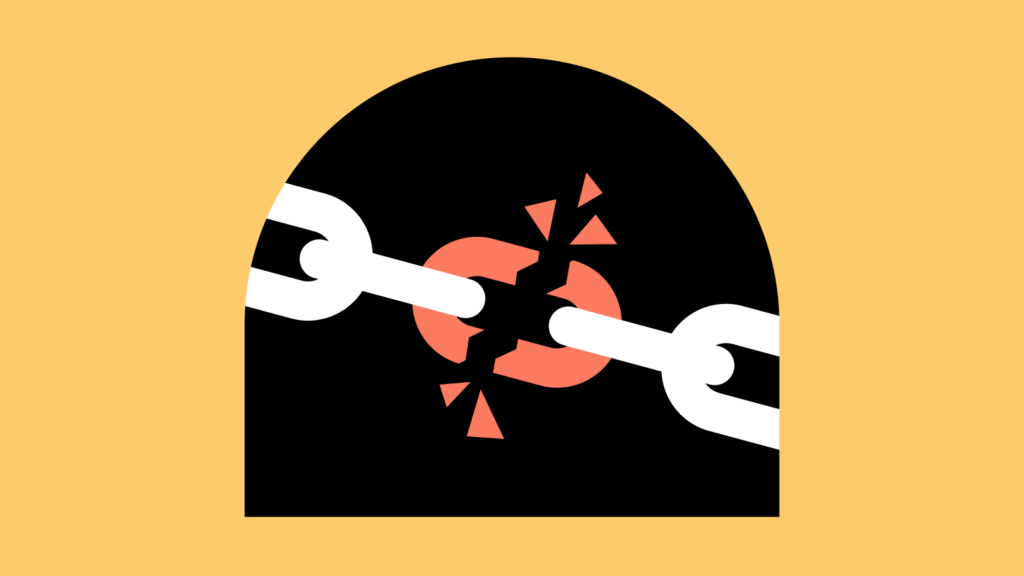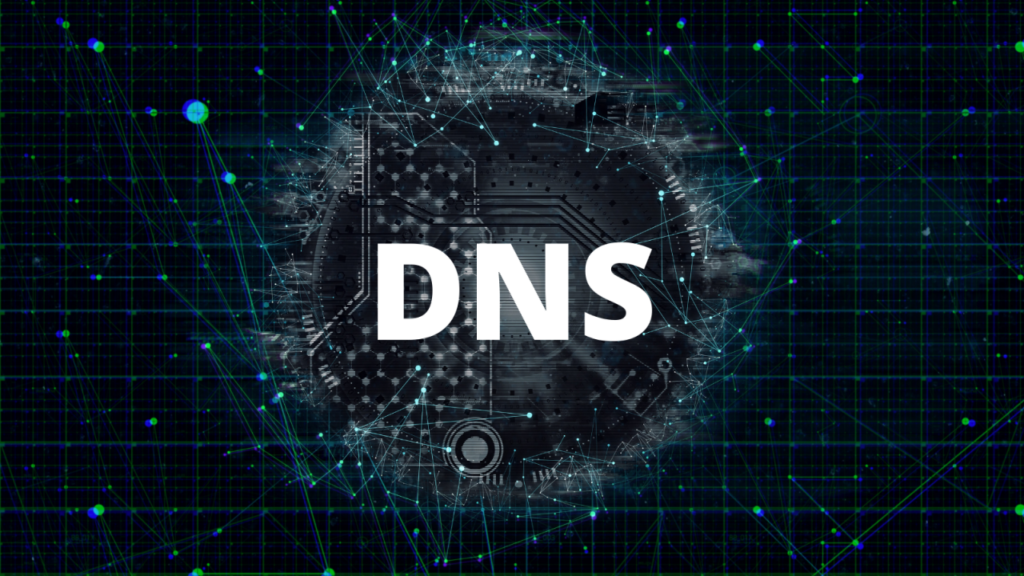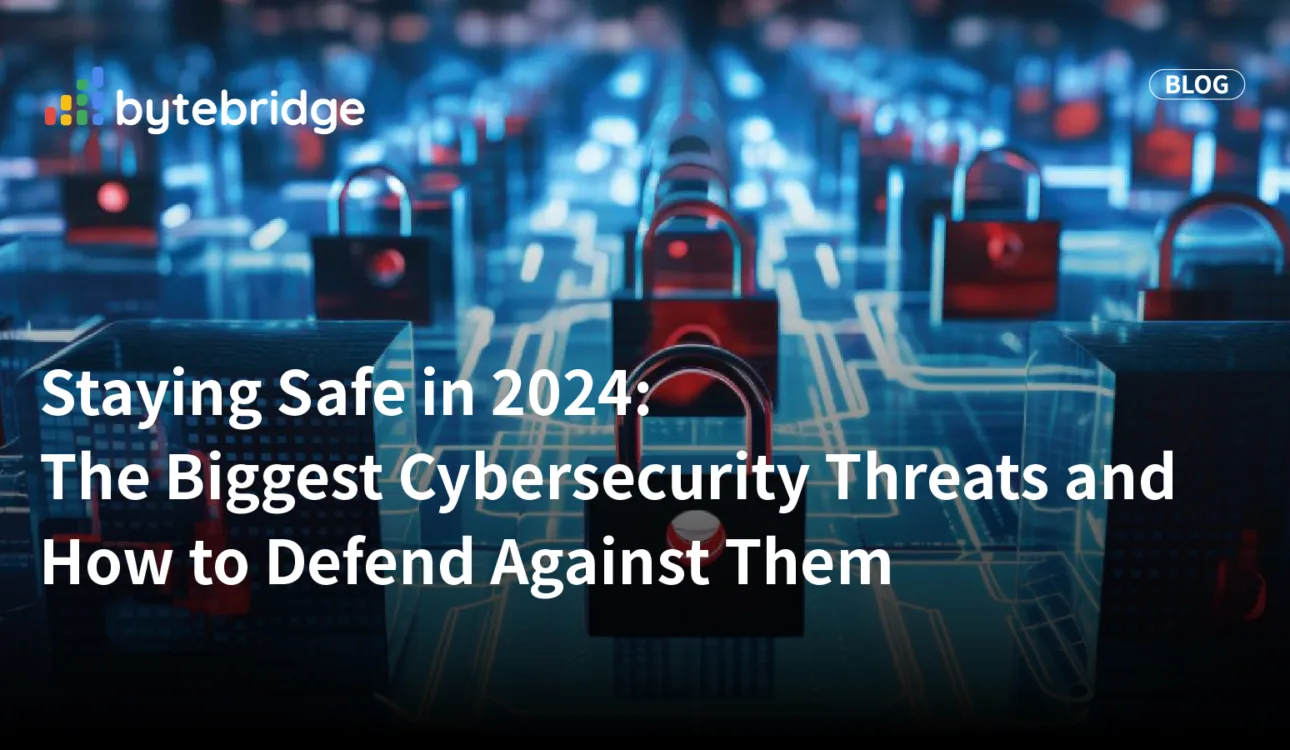As we dive deeper into 2024, the world of cybersecurity is more crucial than ever. With technology advancing, so are the tactics of cybercriminals. It’s essential for both individuals and organizations to stay aware of the latest threats to keep their data safe. Here’s a look at the top types of cybersecurity attacks we’ve seen this year, complete with real-world examples and tips to help you defend against them.
1. Ransomware: The Persistent Threat
Ransomware attacks are still making headlines in 2024. These attacks can cripple organizations by locking up critical data and demanding hefty ransoms to release it.
Example:
In March, the city of Atlanta faced a significant ransomware attack that paralyzed various government systems. The attackers demanded a staggering $10 million, causing chaos and forcing officials to scramble to restore services.
How to Protect Yourself:
- Regular Backups: Keep your data backed up regularly and store it offline to minimize the impact of an attack. Consider ransomware protection when planning your backup strategy to ensure data security and recovery.
- Educate Your Team: Train your employees to recognize phishing emails that can deliver ransomware.
- Stay Updated: Ensure all your software is updated to protect against known vulnerabilities.

2. Phishing: The Clever Impersonators
Phishing attacks have become increasingly clever in 2024. Cybercriminals use social engineering to trick individuals into providing sensitive information, often through seemingly legitimate emails.
Example:
In April, a major financial institution reported a phishing campaign that successfully compromised several employee accounts. Attackers posed as executives and requested sensitive information, leading to significant financial loss.
How to Protect Yourself:
- Email Filters: Use advanced filtering to catch phishing emails before they reach your inbox.
- Enable Two-Factor Authentication: This extra layer of security can help protect your accounts.
- Regular Training: Continuously educate your employees about how to spot phishing attempts.
3. Supply Chain Attacks: The Hidden Dangers
Supply chain attacks are on the rise, exploiting vulnerabilities in third-party vendors to gain access to larger organizations.
Example:
In January, a major software provider suffered a supply chain attack that injected malicious code into updates used by many clients. This breach affected thousands and highlighted the risks lurking in supply chains.
How to Protect Yourself:
- Vet Your Vendors: Conduct thorough security assessments of any third-party vendors.
- Network Segmentation: Isolate critical systems from external vendors to reduce potential damage.
- Continuous Monitoring: Keep an eye on your supply chain for any security incidents.

4. DDoS Attacks: Flooding the Gates
Distributed Denial of Service (DDoS) attacks are becoming more common in 2024. These attacks flood a target’s network with excessive traffic, causing disruptions and downtime.
Example:
In February, a popular online retailer was hit by a DDoS attack that lasted for hours, crippling its website during a peak shopping period. Attackers demanded a ransom to stop the attack, demonstrating the rising trend of ransom-related DDoS tactics.
How to Protect Yourself:
- Analyze Traffic: Use tools that can analyze and filter incoming traffic to identify attack patterns.
- Cloud Protection: Leverage cloud services that offer DDoS protection to help absorb attacks.
- Incident Response Plan: Have a solid plan in place to respond quickly in case of an attack.
5. Credential Stuffing: The Account Takeover
Credential stuffing attacks are when hackers use stolen username-password pairs from one breach to access other accounts. This year, we’ve seen a rise in these types of attacks as data breaches continue to grow.
Example:
In March, a well-known online gaming platform was targeted in a credential stuffing attack. Cybercriminals used stolen credentials from a previous breach, leading to unauthorized purchases and account takeovers.
How to Protect Yourself:
- Unique Passwords: Encourage users to create different passwords for each account.
- Password Managers: Recommend using password managers to generate and securely store complex passwords.
- Monitor Accounts: Implement alerts for unusual login attempts to detect suspicious activity.

6. Insider Threats: The Risks Within
Insider threats involve employees or contractors who misuse their access to harm the organization. This year, we’ve seen a rise in such incidents, whether intentional or accidental.
Example:
In April, a healthcare organization faced a crisis when a disgruntled employee leaked sensitive patient data to the dark web. The incident had severe repercussions, both legally and reputationally.
How to Protect Yourself:
- Access Controls: Limit user access based on their roles to minimize risk.
- Monitor Behavior: Use tools that can detect unusual user behavior indicating potential malicious intent.
- Build a Security Culture: Foster an environment where employees feel responsible for protecting sensitive information.
7. Man-in-the-Middle (MITM) Attacks: Eavesdropping on Your Data
Man-in-the-Middle attacks occur when a cybercriminal intercepts communication between two parties to steal or alter the information being exchanged.
Example: In May, a major corporation discovered that sensitive customer data was intercepted during a financial transaction. The attackers exploited a vulnerability in the company’s network, leading to unauthorized access to confidential information.
How to Protect Yourself:
- Encryption: Ensure that all communications are encrypted using secure protocols like HTTPS.
- Secure Networks: Avoid using public Wi-Fi for sensitive transactions or use a VPN to secure your connection.
- Authentication: Implement strong authentication methods to verify the identity of communicating parties.
8. DNS Spoofing: Redirecting Traffic
DNS Spoofing involves redirecting internet traffic from a legitimate website to a fraudulent one, often to steal user information or spread malware.
Example: In June, users attempting to access a popular online service were redirected to a malicious site due to a DNS spoofing attack. The fraudulent site mimicked the original, leading to compromised user credentials.
How to Protect Yourself:
- DNS Security Extensions (DNSSEC): Use DNSSEC to ensure the integrity and authenticity of DNS data.
- Monitoring: Continuously monitor DNS traffic for unusual activity or changes.
- User Awareness: Educate users about the risks and signs of DNS spoofing.

9. Zero-Day Exploits: The Unknown Vulnerabilities
Zero-day exploits target previously unknown vulnerabilities in software or hardware, leaving no time for developers to issue a patch before the exploit is used.
Example: In July, a zero-day exploit was discovered in a widely-used operating system, allowing attackers to gain administrative access without detection. This vulnerability was used to install malware on thousands of devices before a patch was released.
How to Protect Yourself:
- Regular Updates: Keep all software and systems updated to minimize the risk of exploits.
- Intrusion Detection Systems: Deploy IDS to detect and respond to unusual activities that might indicate an exploit.
- Threat Intelligence: Stay informed about the latest threats and zero-day vulnerabilities through reliable sources.
Conclusion: Stay Vigilant!
The cyber threat landscape in 2024 is rapidly changing, with cybercriminals constantly developing new methods to exploit vulnerabilities. By staying informed about the latest attacks and implementing proactive strategies, you can better protect yourself and your organization. Prioritizing cybersecurity isn’t just smart; it’s essential in our increasingly digital world.
Together, we can work towards a safer online environment for everyone. Stay vigilant, stay informed, and stay secure!
Why Choose ByteBridge as Your Cybersecurity Partner
At ByteBridge, we understand the complexities of the evolving cybersecurity landscape and are committed to providing tailored solutions that meet your needs. We specialize in ransomware protection through robust backup systems and comprehensive employee training, phishing prevention with advanced email filtering and two-factor authentication, and supply chain security with thorough vendor assessments and continuous monitoring. Additionally, we offer DDoS mitigation by analyzing traffic and using cloud-based protection, as well as credential security by promoting unique passwords and monitoring accounts. As dedicated professionals, we partner with several well-known industry vendors to ensure you receive the best possible solutions. Trust ByteBridge to help safeguard your digital assets and effectively mitigate risks.






